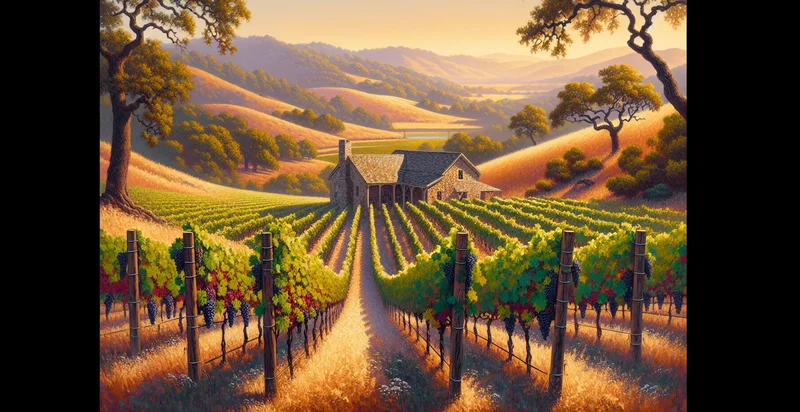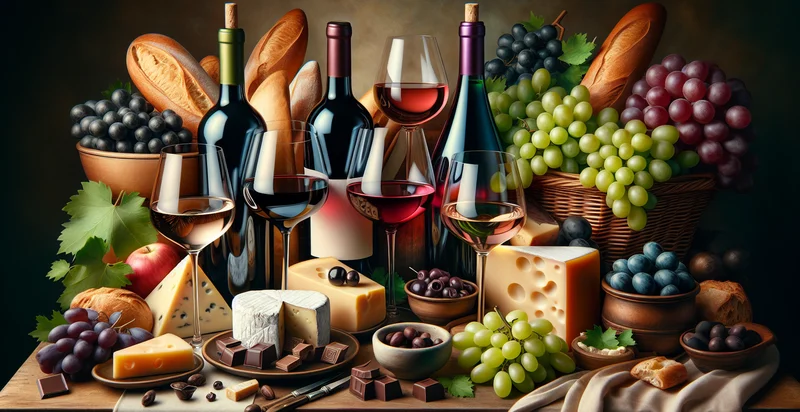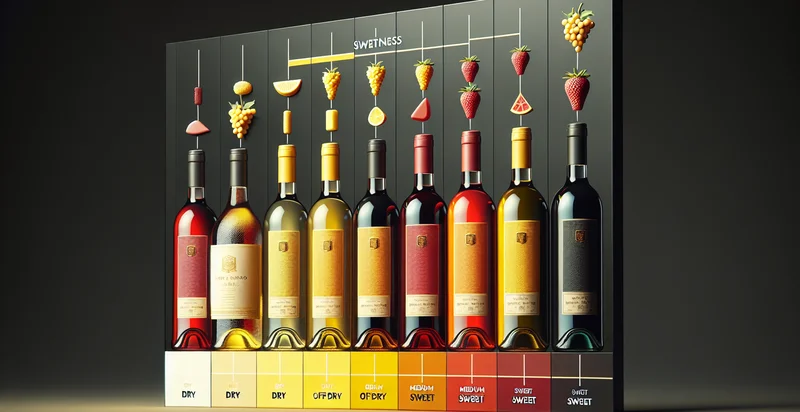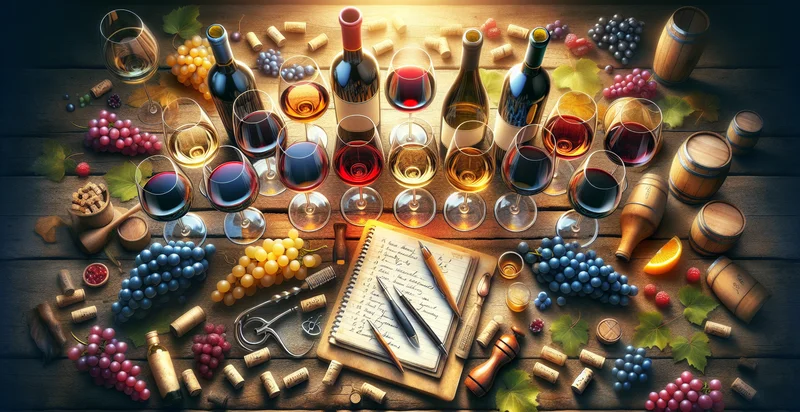Identify wine region by description
using AI
Below is a free classifier to identify wine region by description. Just input your text, and our AI will predict what wine region it belongs to - in just seconds.

Contact us for API access
Or, use Nyckel to build highly-accurate custom classifiers in just minutes. No PhD required.
Get started
import nyckel
credentials = nyckel.Credentials("YOUR_CLIENT_ID", "YOUR_CLIENT_SECRET")
nyckel.invoke("wine-region-by-description", "your_text_here", credentials)
fetch('https://www.nyckel.com/v1/functions/wine-region-by-description/invoke', {
method: 'POST',
headers: {
'Authorization': 'Bearer ' + 'YOUR_BEARER_TOKEN',
'Content-Type': 'application/json',
},
body: JSON.stringify(
{"data": "your_text_here"}
)
})
.then(response => response.json())
.then(data => console.log(data));
curl -X POST \
-H "Content-Type: application/json" \
-H "Authorization: Bearer YOUR_BEARER_TOKEN" \
-d '{"data": "your_text_here"}' \
https://www.nyckel.com/v1/functions/wine-region-by-description/invoke
How this classifier works
To start, input the text that you'd like analyzed. Our AI tool will then predict what wine region it belongs to.
This pretrained text model uses a Nyckel-created dataset and has 25 labels, including Aconcagua Valley, Alsace, Barolo, Bordeaux, Champagne, Chianti, Coonawarra, Douro Valley, Hunter Valley and Languedoc.
We'll also show a confidence score (the higher the number, the more confident the AI model is around what wine region it belongs to).
Whether you're just curious or building wine region by description detection into your application, we hope our classifier proves helpful.
Related Classifiers
Need to identify wine region by description at scale?
Get API or Zapier access to this classifier for free. It's perfect for:
- Wine Recommendation Engine: This function can be integrated into wine retail platforms to enhance customer experience by providing personalized wine recommendations. By analyzing the descriptions of wines, the system can suggest bottles from specific regions that match customer preferences, boosting sales and customer satisfaction.
- Virtual Sommelier App: A mobile application can utilize this function to act as a virtual sommelier, guiding users in selecting wines based on their meal descriptions or tasting notes. This offers users tailored suggestions based on their culinary choices and enhances their dining experiences.
- Wine Tourism Marketing: Wine tourism agencies can employ this text classification function to categorize wines offered by various vineyards according to their regions. This helps craft targeted marketing campaigns and itineraries for tourists looking to explore specific wine regions, thus driving tourism.
- E-commerce Wine Store Filtering: E-commerce platforms can enhance their search engines with this function to allow users to filter wines by region using descriptions. This simplifies navigation through vast inventories, enabling consumers to find wines from their preferred regions quickly.
- Wine Education Platforms: Educational platforms and apps can leverage this function to teach users about different wine regions by associating specific wines with detailed regional characteristics. This enriches users' knowledge and appreciation of wine, fostering a more informed customer base.
- Social Media Wine Content Curation: This text classification function can be used by social media platforms or wine-focused influencers to curate content around specific wine regions based on user-generated descriptions. This drives engagement by connecting audiences with wines and stories from their desired regions.
- Market Research for Wine Producers: Wine producers can benefit from insights generated by this function to understand consumer perceptions of various wine regions. By analyzing reviews and descriptions, producers can identify trends and preferences, guiding them in product development and marketing strategies.


